Shrek 5, Devil Wears Prada 2, and the Problem with Hollywood's Sequel Obsession
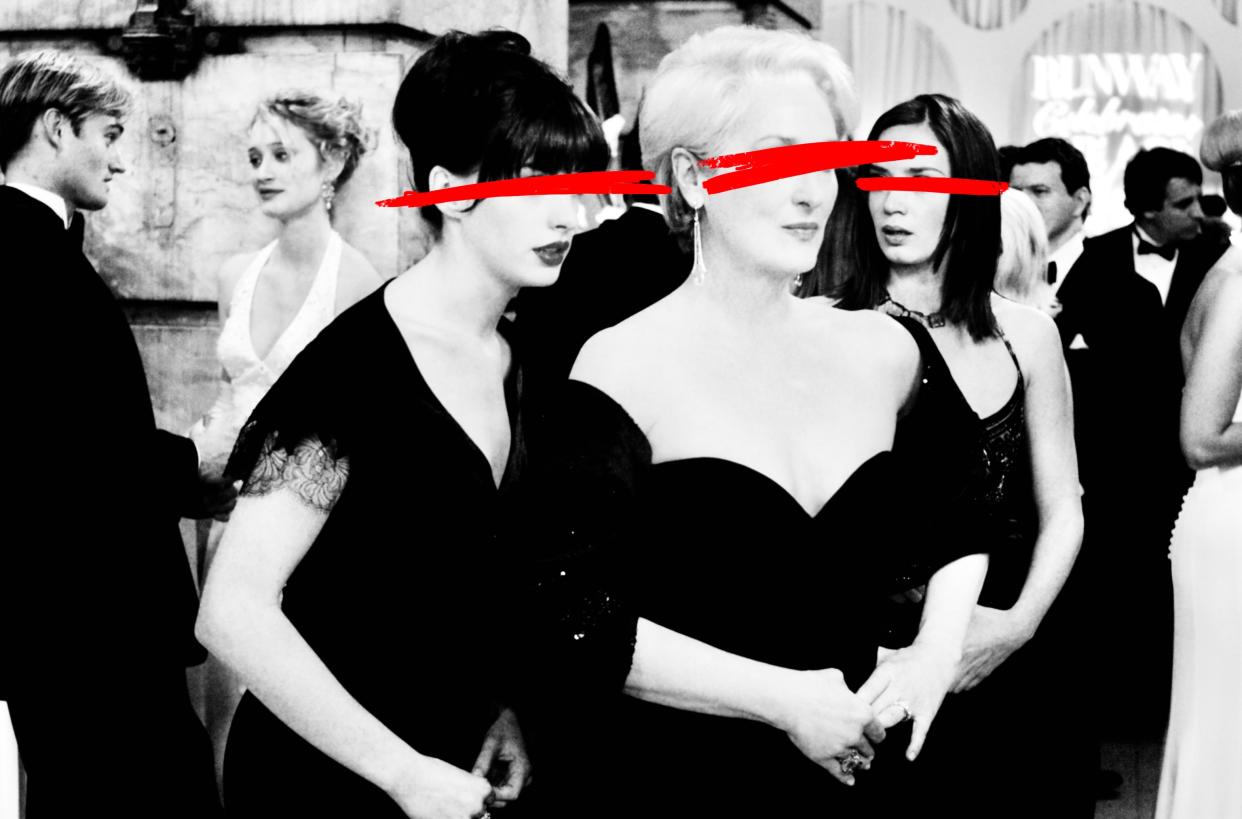
Composite: 20th Century Fox Film Corp.
In this op-ed, Teen Vogue editor-at-large Sara Delgado criticizes the recent wave of sequels, remakes, reboots, and adaptations taking over Hollywood — like Shrek 5 and The Devil Wears Prada 2 — and argues that they negatively impact the legacies of beloved franchises and wrongly fatigue their faithful core audiences.

Sometimes, all we want is our comfort content; to immerse ourselves in a fictional world we know and love. But instead of championing new voices, instead of returning to those original, familiar stories, Hollywood wants us to consume new takes on old sh*t — in turn, ruining our tried-and-true comfort watches.
Would I rewatch Friends or The O.C. if I knew the story would continue 20+ years later? Do we need to see Remy's life at his bistro in a potential Ratatouille 2? Probably not. These standalone stories are perfect as they are. Even when franchises end on a perfectly satisfying note with all lingering storylines complete, there's a high chance some executive will decide on a whim that the story should be prolonged, no matter if it's been less than a decade since its end. Nostalgia might be at an all-time high, but familiarity breeds contempt, and some things are better left untouched.
In the past 7 days alone, we've gotten confirmation of Devil Wears Prada 2, Freaky Friday 2, and Shrek 5. Over the past few months, there's also been Legally Blonde 2, Beetlejuice Beetlejuice, a Harry Potter series remake with a whopping seven seasons coming to Max, a new Beverly Hills Cop hitting Netflix… ah, and we can't forget Gladiator 2 and Inside Out 2.
Everything old — and, as noted, “old” in this case can literally mean just years old — is getting a new spin. But do we really need it?
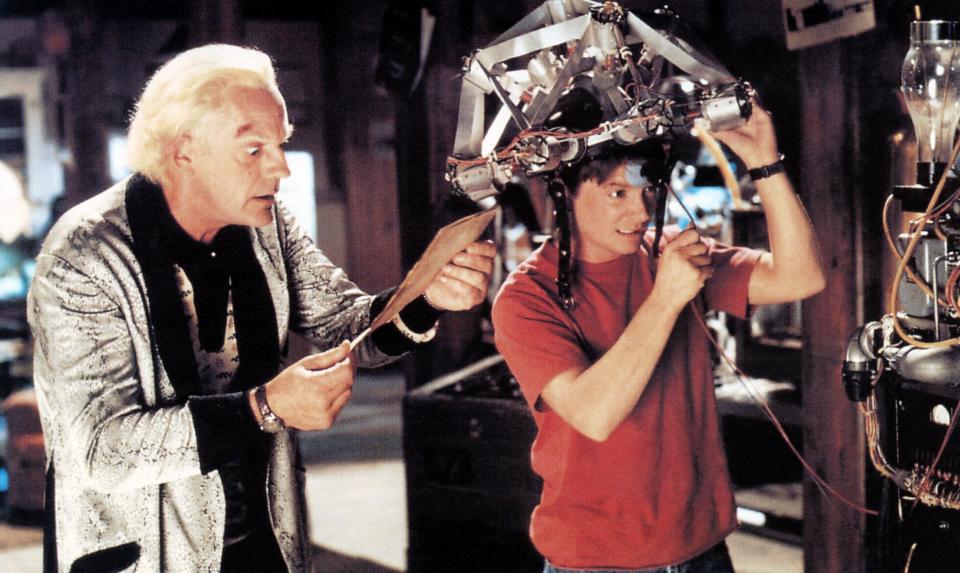
BACK TO THE FUTURE III, from left: Christopher Lloyd, Michael J. Fox, 1990. ©Universal/courtesy Eve
Sequels are not a new phenomenon in Hollywood. We got our first sequel in 1916 with The Fall of a Nation, and the trend has stuck since then, with anything from Frankenstein and Dracula to Fast & Furious and Back to the Future getting part two and sometimes three, four, five, and, in the case of the Halloween franchise, 13. (A fitting number to stop at, if you ask me, but we shall see.)
But in the past few years, something has definitely shifted in the entertainment industry; while multiple sequels used to be reserved for outperforming beloved blockbusters, horror flicks, and ever-expansive superhero universes, current titles seem to be made with the intention of turning them into potential series — and to various degrees of success.
To make matters worse, Hollywood's franchise mania is not just sequel-centric. We've seen an influx of story continuations, period: prequels, remakes, reboots, and, of course, live-action adaptations.
Pop culture is suffering from franchise fatigue, with some critics going as far as diagnosing Hollywood with “sequelitis," the numbers-driven impulse to drag on a story despite its narrative suffering, to create a sequel for sequel's sake.
On paper and at the box office, franchises make sense; they are a risk-averse avenue to generate more money by capitalizing on already-established audiences and fanbases. If it worked once, why wouldn't it work again? The thing is, very rarely do second installments live up to their predecessors, both in numbers and audience and critic reception.
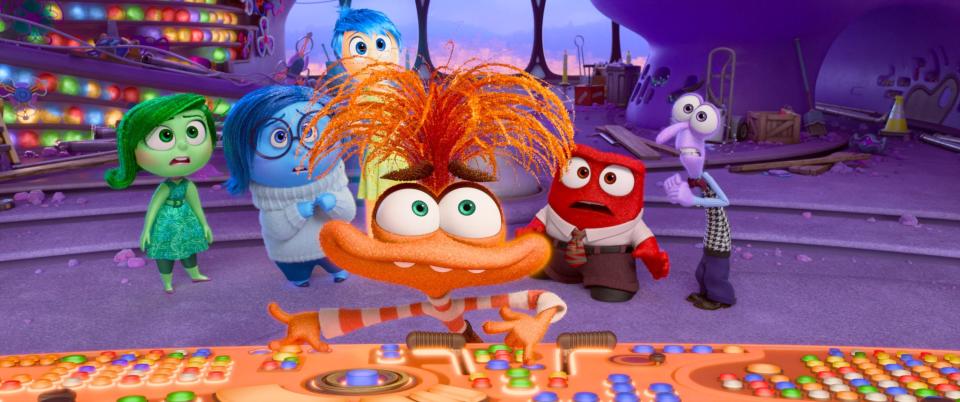
MCDINOU WD057
Of course, there are some outliers like the The Empire Strikes Back, Mamma Mia! Here We Go Again, and the all-time record-breaking Inside Out 2. (Though the franchise might not face the same success if it reaches Inside Out 5, because, truly, how many intrusive emotions can one human have?)
"We're living in a corporate world, and it certainly has rolled over into the film industry," actor Jessica Lange told Vulture earlier this year. "So much of the industry now is not about the creative process. I mean, obviously, this is not across the board, but there are many instances where I feel like the artistic impulse is overwhelmed by the corporate profit motive."
Animated spaces are where Hollywood sequelitis is perhaps most noticeable and trite. Kung Fu Panda 4, Despicable Me 4, and Moana 2 are but some of the animated sequels scheduled for a 2024 release.
Moana is also getting a live-action adaptation — joining a slew of other live-action versions in Disney's animated repertoire — only 10 years after the original came out.
Toy Story 5 is also set to arrive in 2026, even though Toy Story 3 seemed to have wrapped up the childhood fantasy with a heartwarming bow. Toy Story 4 seemed to have the same number of detractors and supporters, and still amassed over a billion at the box office. But would anyone have batted an eye if it had never been made? I don't think so.
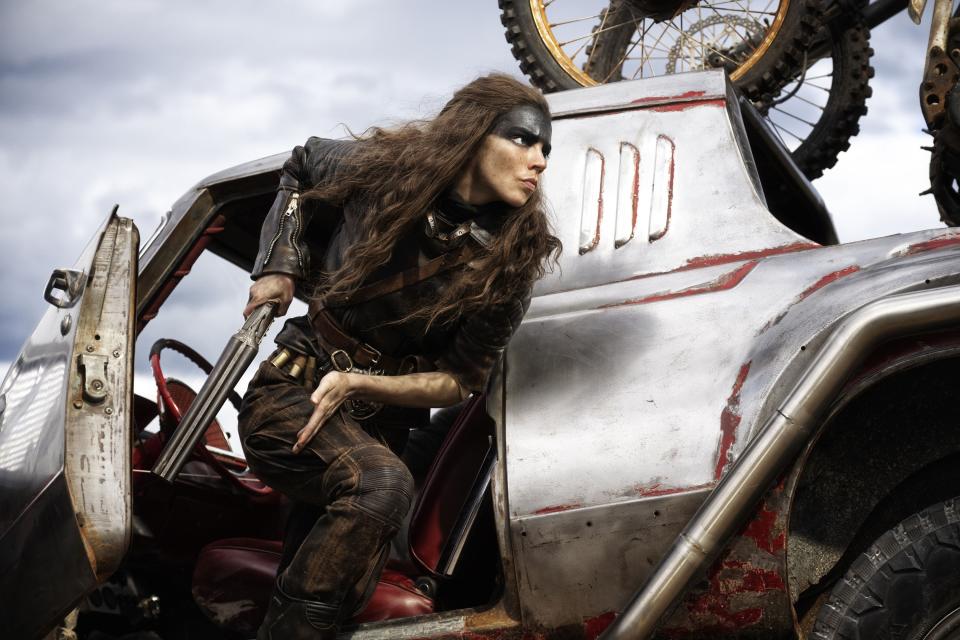
Anya Taylor-Joy as FURIOSA in 2024's FURIOSA: A MAD MAX SAGA
The profitable trend intensified in the 2010s, and since then we have been consistently bombarded with sequels and franchises. We thought the bubble would eventually burst, but it's only gotten bigger and more opaque.
Everywhere you look, there's revived or continued IP: MaXXXine, Twisters, Kingdom of the Planet of the Apes, Bad Boys: Ride or Die, Furiosa: A Mad Max Saga, Deadpool & Wolverine, Alien: Romulus. The list could go on, and the question I have is: Who is really asking for these movies to be made?
Despite the final box office numbers, revived franchises are rarely well-received by the public. When The Hunger Games announced its prequel centering on Coriolanus Snow in 2020, fan backlash was swift. Ultimately, The Ballad of Songbirds and Snakes got a 64% critic score on Rotten Tomatoes but made its production cost more than threefold, which is all Hollywood studios seem to care about. (We have since gotten confirmation of yet another prequel, The Hunger Games: Sunrise on the Reaping.)
The industry mentality seems to be that even if people don't really want it, if a formula works, it must be replicated. The standalone blockbuster film is now an anomaly. That said, there is a difference between stories that are meant to belong in a series, and milking a story that was once profitable or successful.
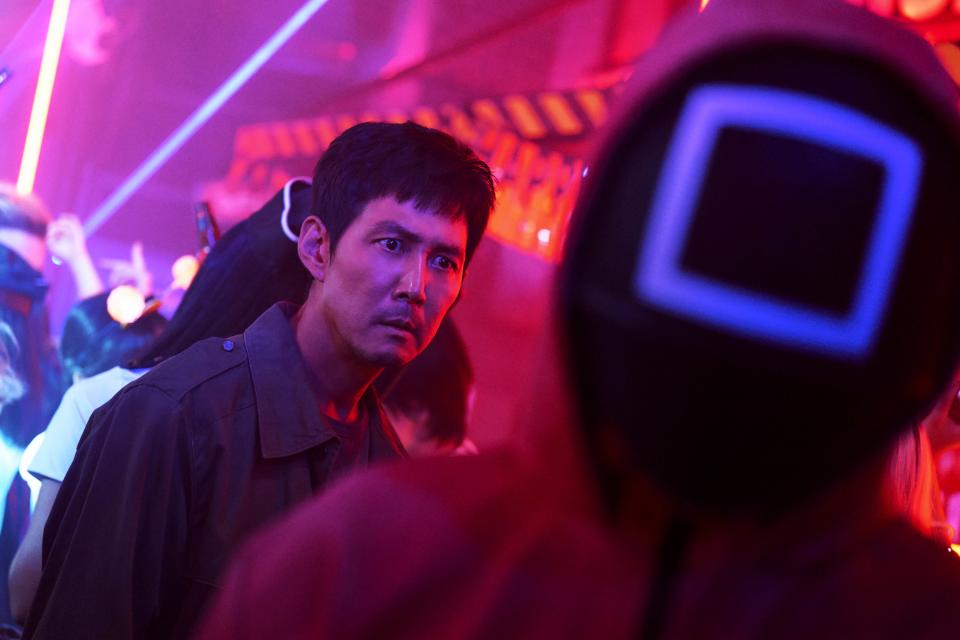
Netflix's Squid Game Season 2: Release Date, Cast, Trailer, and Everything You Need to Know
Take Netflix's hit Korean drama Squid Game, for example. Season two of the show is justified for the story's sake given the finale cliffhanger.
But the streamer also released the controversial Squid Game: The Challenge, a British reality show under the same IP, which stands against the original show's thematic messaging. Before you ask: yes, the reality competition show has already been renewed for a second season.
There's a way to avoid franchise burnout and still put out compelling new or rebooted IP — just look at The White Lotus or Denis Villeneuve's Dune — but the relentless rhythm of pop culture's recycling is only worsening our collective content overstimulation.
We always have to be watching something. We always have to be critiquing something.
Most of us will end up watching these movies and series out of curiosity, perhaps on a plane or simply for the memes, waiting to either be surprised or proven right. But the truth is, they're unnecessary. It's a famine of fresh storytelling, honey.
Originally Appeared on Teen Vogue
Want more great Culture stories from Teen Vogue? Check these out:
A New Generation of Pretty Little Liars Takes on the Horrors of Being a Teenage Girl
Underneath Chappell Roan’s Hannah Montana Wig? A Pop Star for the Ages
Donald Glover’s Swarm Is Another Piece of Fandom Media That Dehumanizes Black Women
On Velma, Mindy Kaling, and Whether Brown Girls Can Ever Like Ourselves on TV
Gaten Matarazzo Talks Spoilers, Dustin Henderson, and Growing Up on Stranger Things
How K-pop Stars Are Leading Mental Health Conversations for AAPI People and Beyond
Meet the Collective of Philly TikTokers Making You Shake Your Hips
The Midnight Club Star Ruth Codd Isn’t Defined By Her Disability

